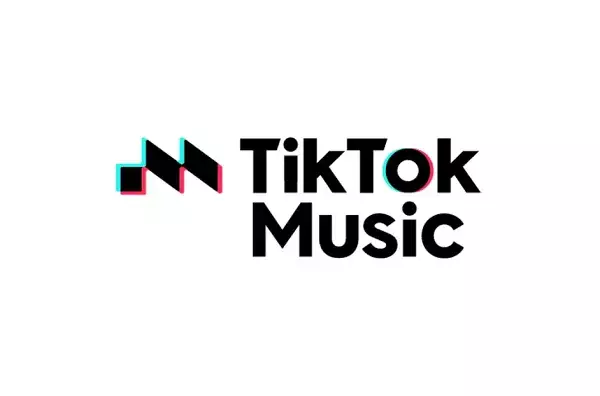In the fast-paced world of social media and streaming platforms, TikTok Music has found itself in a short-lived struggle that highlights the challenges faced by emerging apps in a saturated market. Recently announced plans to shelve this separate music streaming service—born from its predecessor Resso—illustrate the uphill battle TikTok faced, coupled with operational hurdles and a lack of substantial user interest.
Initially introduced to the Indian market in late 2019 under the name Resso, TikTok Music was aimed at capitalizing on the platform’s explosive growth. Interestingly, while TikTok itself faced a ban in India due to security concerns in 2020, Resso managed to retain its operational status despite similar critiques. Unfortunately for TikTok Music, this lifeline was not enough to secure its future; user engagement dwindled fast, and the app languished in obscurity. The governance of musical content in India proved challenging, and the previously created momentum failed to translate into a sustainable user base.
TikTok rebranded Resso as TikTok Music in an effort to enhance brand synergy and drive engagement. This rebranding, however, came too late to salvage what was already declining in popularity. The app’s re-launch in countries like Brazil and Indonesia showed ambition, yet it remained unable to outperform established rivals, who had already solidified their foothold in the music streaming arena.
The reasons for the collapse of TikTok Music lie in a tangled web of operational challenges. Chief among these was the struggle to negotiate favorable licensing agreements that would allow the platform to host a competitive music library. Users today have myriad choices when it comes to streaming services, ranging from Spotify to Apple Music, all of which come with their own expansive catalogs and user-friendly experiences, putting TikTok Music at a distinct disadvantage.
Moreover, TikTok’s attempt to serve a dual purpose as both a promotional platform for artists and a provider of their music became increasingly convoluted. Efforts to unify these two roles were marred by frequent missteps, ultimately diluting their value proposition to both artists and potential listeners. The announcement of closure communicated by TikTok underscores a critical strategy shift; rather than pursuing an incongruent path, the company has decided to redirect its focus back to its mainstay—engagement through the original app that has been phenomenally successful.
As TikTok Music prepares for its closure, users are being notified through the platform’s communications that they will lose access to their accounts and music playlists. The window for transferring playlists and processing refunds adds a bittersweet touch to an abrupt end for a service many barely engaged with in the first place. Such logistical considerations might seem trivial, yet they form the basis of user experience and goodwill.
The message from TikTok regarding the closure hints at a broader vision: to facilitate music listening in favorable ways within its primary app, thus enhancing the musical experience while supporting artists and songwriters. Ultimately, the demise of TikTok Music provides critical insights into the social media realm. It suggests that alongside creativity and innovation, an understanding of user behavior and market dynamics is vital for success.
The short-lived journey of TikTok Music serves as a microcosm of the broader realities of the music streaming industry. Despite impressive infrastructural capabilities and a fierce user base, the company underestimated the challenges presented by established competitors, licensing disputes, and consumer habits. In endeavoring to intertwine two distinct offerings, TikTok may have misjudged what its user base desired, which ultimately contributed to the platform’s downfall.
As TikTok observes this closure as a pivot back to its core adeptness in music promotion within its original app, one cannot help but ponder what learnings will inform their next steps. In a landscape defined by relentless competition, user engagement and steadfast commitment to the original vision must remain at the forefront—not only for TikTok but for all aspiring disruptors looking to make their mark in the world of streaming and music.

